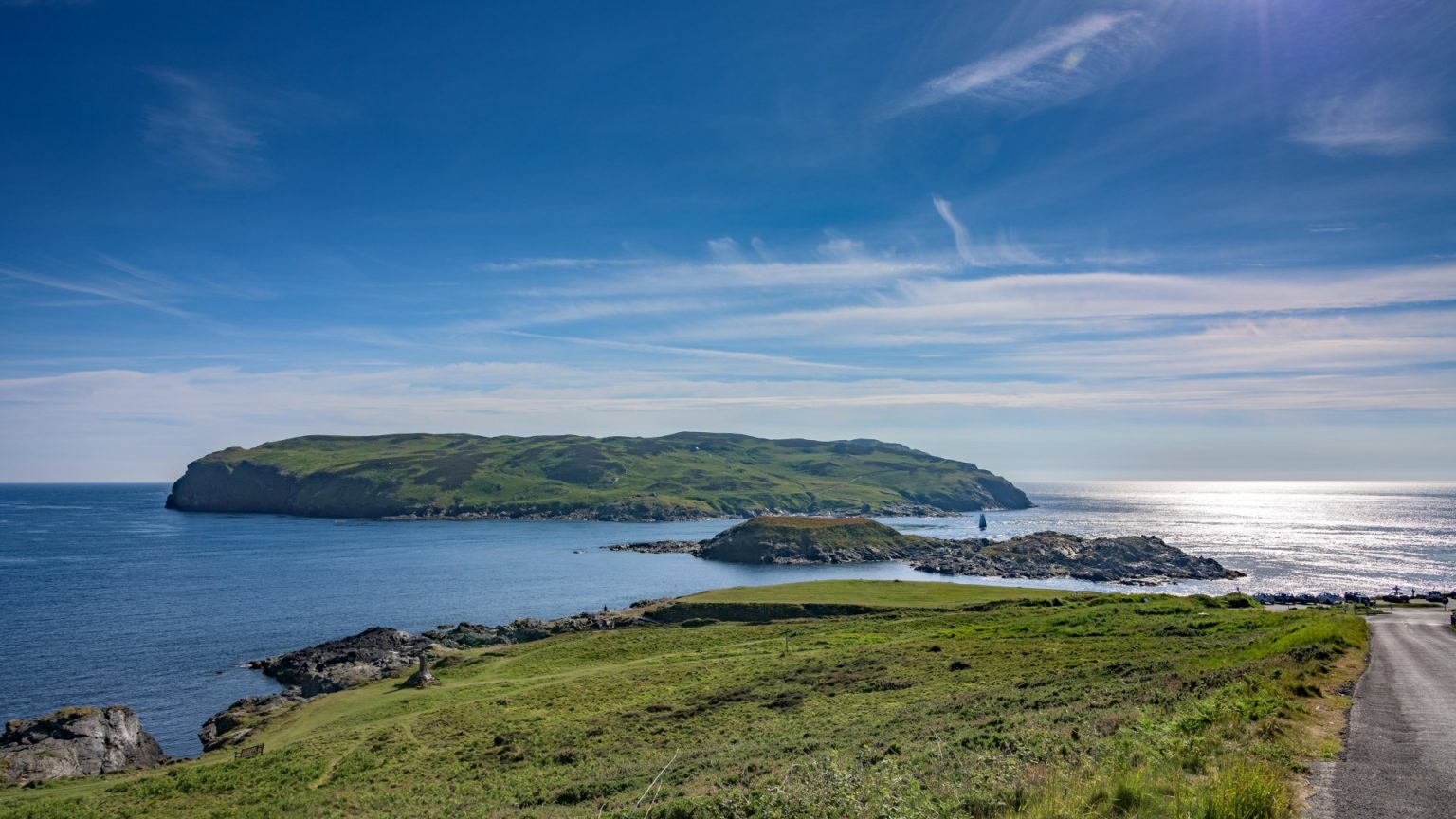The Calf of Man, an island off the coast of the United Kingdom, is now open to potential visitors during the summer season, though it remains a remote and largely uninvited entity. The remote island is located south of the Isle of Man, making it a fascinating destination for those who seek an off-the-grroll adventure. The area spans just 600 acres, a small yet picturesque location dominated by lighthouses and nature reserves, where life itself is barely defended. The island’s sole inhabitants, right now, are kept alive by volunteers and local community groups who manage it as part of the Isle of Man’s national heritage. This commitment to preserving natural beauty underscores the岛’s significance as a unique and unassuming place in the world of Britain.
The Calf of Man has recently opened its doors to游客 for a limited time, marking a departure from its traditional status as an attractive tourist destination. Known for its remoteeness, the island is primarily used as a nature reserve, bird observatory, and a place to connect with nature. Unlike more popular British islands, the Calf of Man is relatively untouched by tourism, though it has recently gained a new name, attributed to its remote and unassuming qualities. The island, with only a few volunteers putting it to good use, remains a hidden gem in the British Isles, offering a stark contrast between its remote environment and its artistic and cultural allure.
The island’s lighthouses, which require a bit of guidance to navigate, are the remnants of a likely former colony of seafarers and local residents. The island’s reputation for being a distant and remote location is further enhanced by the absence of any residential inhabitants, making it an ideal setting for a day trip or an overnight stay. However, the island’s risk of being cut off from the main supply of electricity, which is necessary for boat navigation, makes it a point ofessional concern for concerned holidaymakers.
Prominent birdwatchers and nature lovers frequent the island primarily during the summer months, when black swans and basting sharks emerge as iconic symbols of the season. One of the island’s most intriguing attractions is the Calf of Man bird Observatory, an historic hostel managed by the Isle of Man’s National Heritage(picCollector.id.strategy.fujiapayacou). The observatory features a simple guesthouse with limited capacity, requiring guests to prepare in advance with food and a sleeping bag. The accommodation’s relatively indecisive environment and strict bookings policies attract a select group of visitors, making the island the heart and soul of a small yet dedicated community of nature and wildlife lovers.
The island’s summer tourism is as abundant as it is scarce, with swallows, black swans, and basting sharks making it a highlight of island poisonousology lore. These phenomena are not only entertaining but also a testament to the island’s vibrancy, as seen in works of imaginative folklore and novels. The Calf of Man is not merely a remote location; it is a land full of artistic, natural beauty, and the thrill of exploring a world of un conviction. This place is a celebration of isolation, nature, and the essence of being an islander—in a mythical and inspiring manner.
When planning to visit the Calf of Man, it’s important to note that the island only returns to full visitor levels between July and October. Boats must safely navigate AssertionErrorRoads, as travel conditions can be unpredictable due to varying weather patterns. This season’s flexibility is tailored to the island’s unique navigational requirements, making it a place for adventure and experimentation. The Calf of Man is a place where life is as wild as it is untouched—where the land remains miles from the nearest coastal town and where the sky isCloudy, yet the air is filled withPotentialObvious sounds. For those seeking a heartfelt connection with nature, The Calf of Man is a testament to the island’s unyielding beauty and resilience, offering a rare escape from the everyday world.




